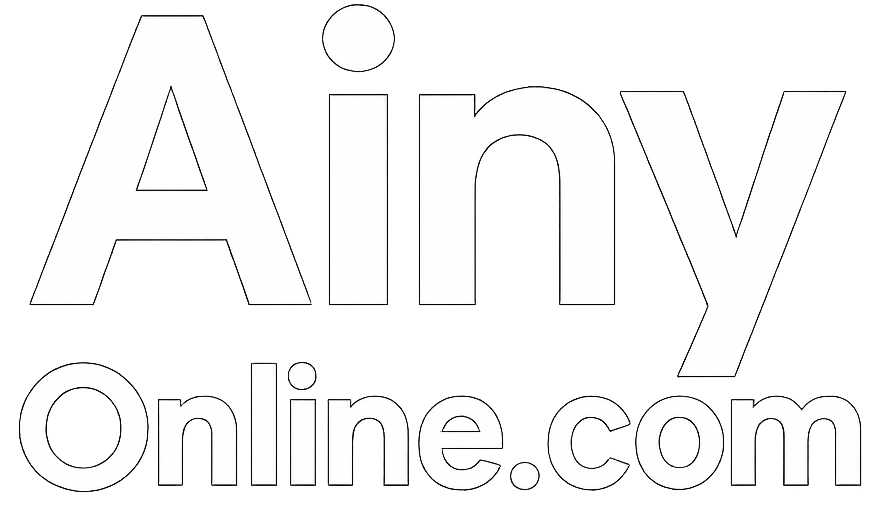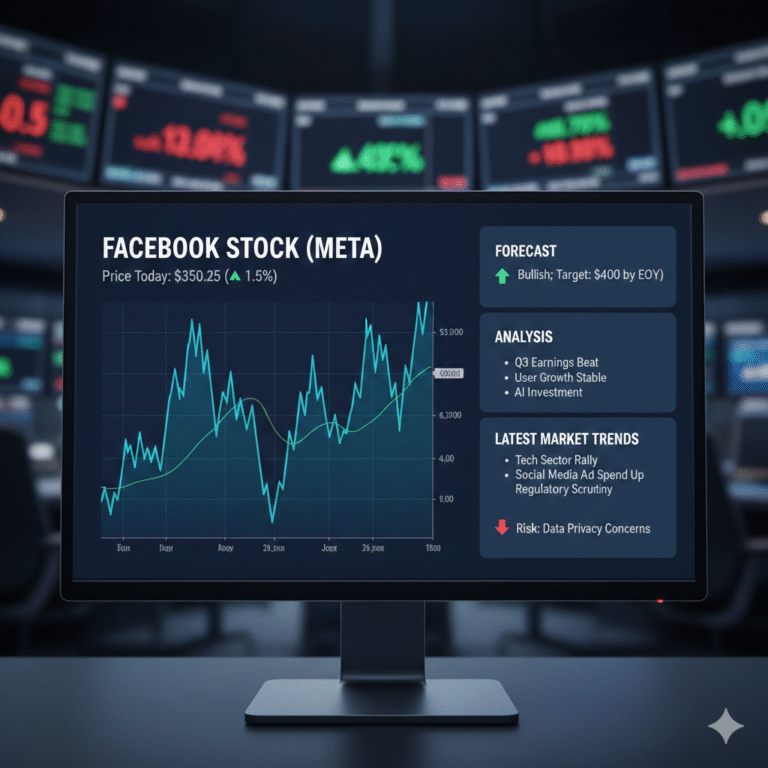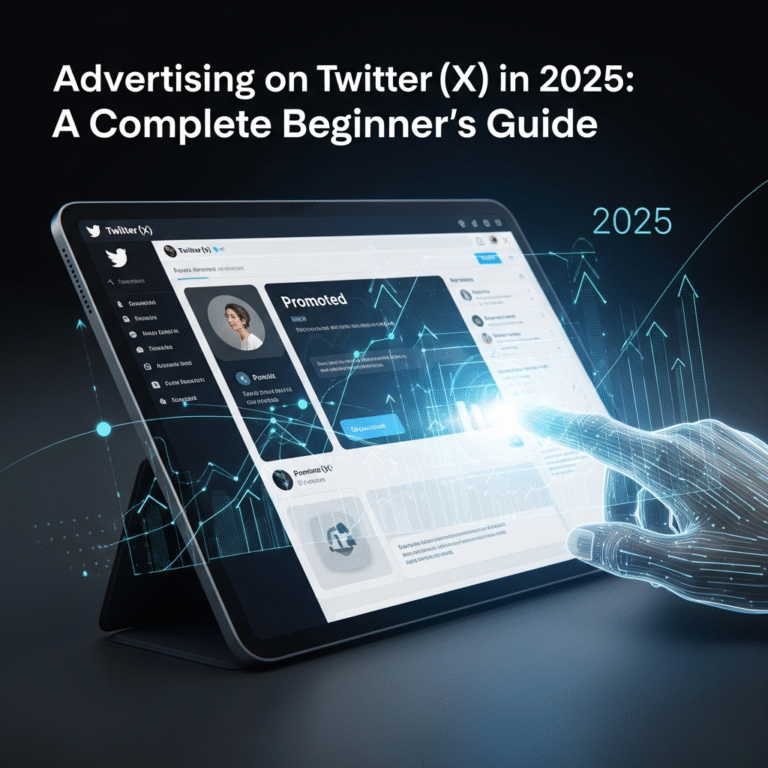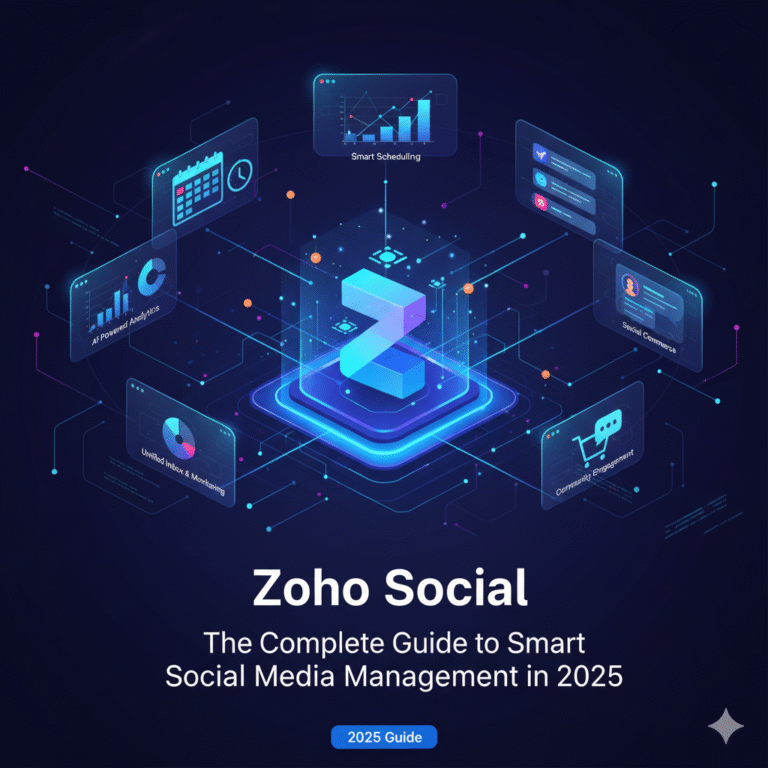1.Introduction to Social Media.
In today’s technologically advanced world, social media plays an important role in people’s daily lives. From interacting with friends and family to starting businesses and raising awareness for causes, social media platforms are powerful tools that influence how people interact. They have elevated communication from simple talks to a worldwide interchange of ideas, images, and experiences. Understanding what social media is, the various varieties, and real-world examples of how it works can help individuals and businesses realise its full potential.
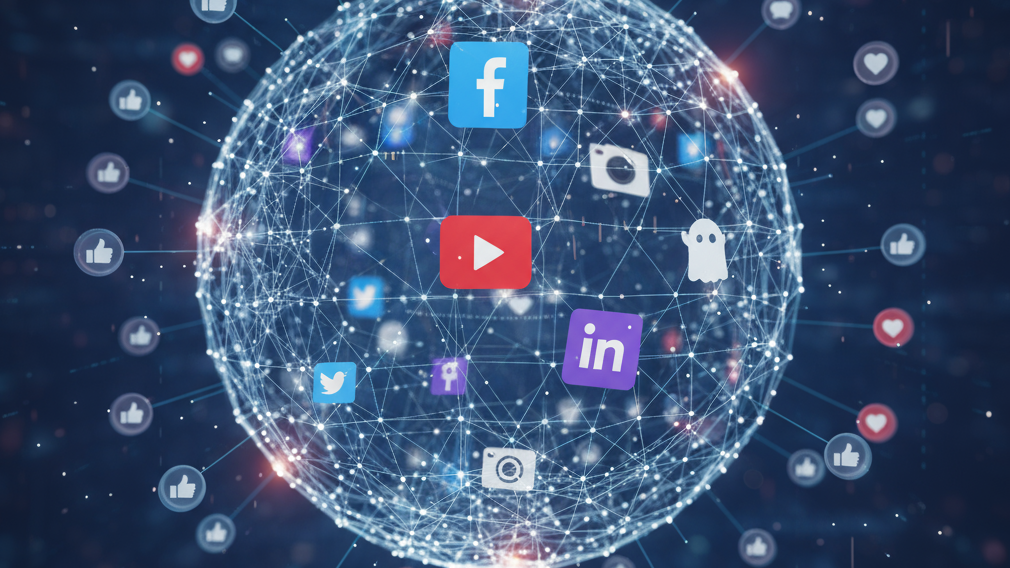
2.Definition of Social Media.
At its core, social media refers to online platforms and technologies that allow people to create, share, and interact with content. Unlike traditional media such as newspapers and television, social media is extremely interactive, allowing each user to be both a consumer and a creator of information. Its primary goal is to bring people together, increase communication, and foster communities across diverse geographies and interests.
3.Key Features of Social Media
Social media platforms have a few similar qualities that distinguish them:
User-generated content comprises blogs, posts, videos, and photographs published by individuals rather than businesses or organisations.
Active participation – Social platforms encourage interaction through comments, shares, likes, and discussions, which increases user engagement.
Instant communication – Updates and chats happen immediately, regardless of location.
Accessibility – The majority of platforms are free and available on smartphones, tablets, and desktops, making them accessible to millions of people across the world.
4.Types of Social Media Platforms
Social media is not limited to one format. It covers various types of platforms, each serving different purposes:
- Social networking websites – Platforms such as Facebook and LinkedIn enable users to interact, create profiles, and exchange updates. Facebook is designed to build personal interactions, whereas LinkedIn is intended to foster professional connections.
- Media Sharing Platforms – Apps like Instagram, YouTube, and TikTok enable users to post photographs, short videos, and long-form content that reaches millions of people worldwide.
- Microblogging Platforms – Websites such as Twitter/X and Tumblr allow users to share short updates, trending news, and real-time debates.
- Discussion Forums – Platforms like Reddit and Quora allow users to ask questions, share expertise, and join specialist communities.
- Messaging Apps – Tools like WhatsApp, Messenger, and Telegram prioritise direct communication and group discussions, frequently replacing traditional SMS
- Professional Networks – LinkedIn is the go-to platform for career advancement, job searches, and industry updates.
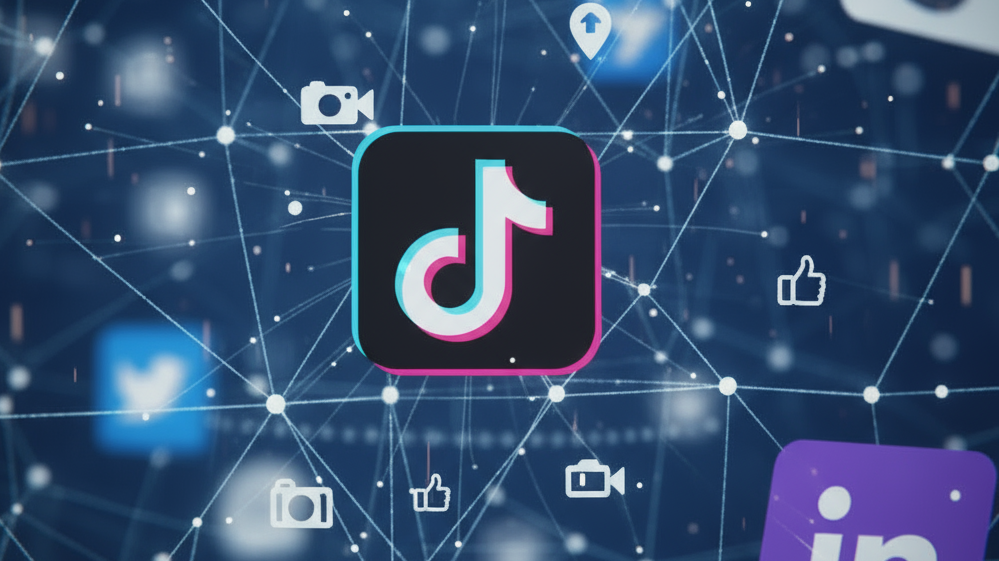
5.Actual Examples of Social Media in Action
Social media is not simply for amusement; it serves a variety of real-world purposes:
Personal use – People use apps like Instagram and Snapchat to share life updates and remain in touch with loved ones.
Businesses employ Facebook ads, Instagram marketing, and YouTube videos to boost brand exposure and sales.
Educational purposes – Online groups, forums, and platforms such as YouTube tutorials offer free access to information.
Social movements – Campaigns such as climate change awareness or humanitarian activities frequently gain traction through viral social media hashtags and shared content.
6.Why Social Media Matters Today
Social media has a purpose that goes way beyond mere communication. With billions of users globally, it serves as a global platform for marketing, news, and cultural exchange. It offers firms cost-effective ways to reach customers and create relationships. It provides individuals with chances for personal expression, networking, and learning. Social media has a significant impact on society, establishing trends, rapidly disseminating information, and even influencing politics and culture.
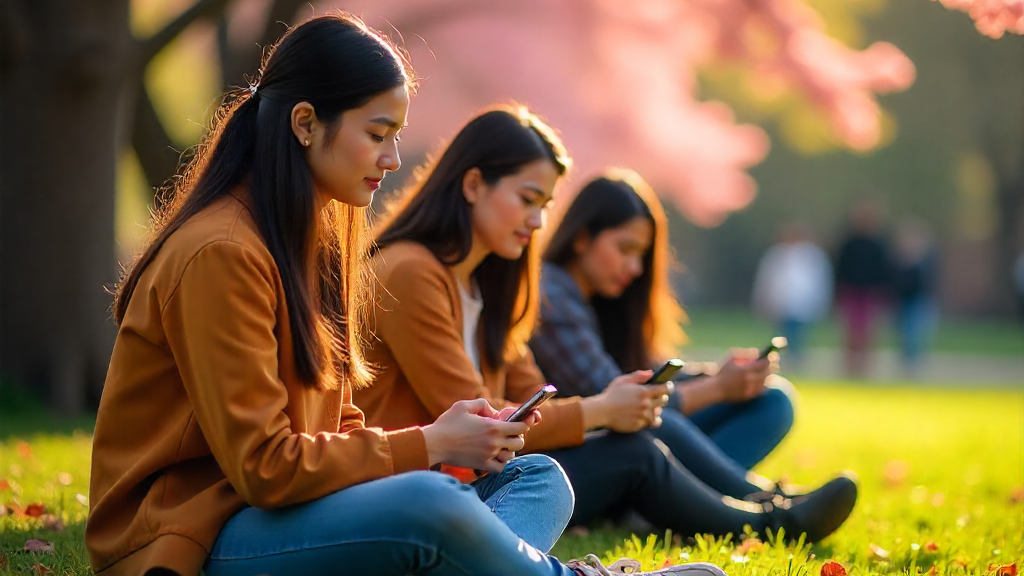
7. Conclusion
To summarise, social media is more than simply a collection of mobile apps; it is a dynamic ecosystem that links people, ideas, and businesses throughout the world. Social media, with its diverse platforms, distinct traits, and real-world applications, is always evolving, altering how humans connect and communicate. Its future lies in further integration with daily life, presenting unlimited chances for growth, collaboration, and innovation.
